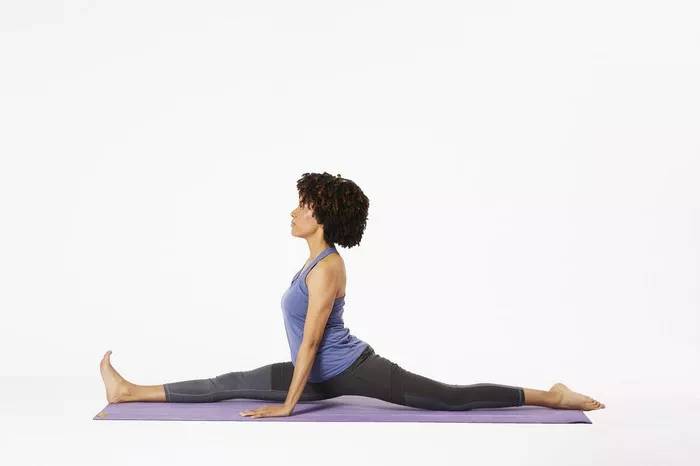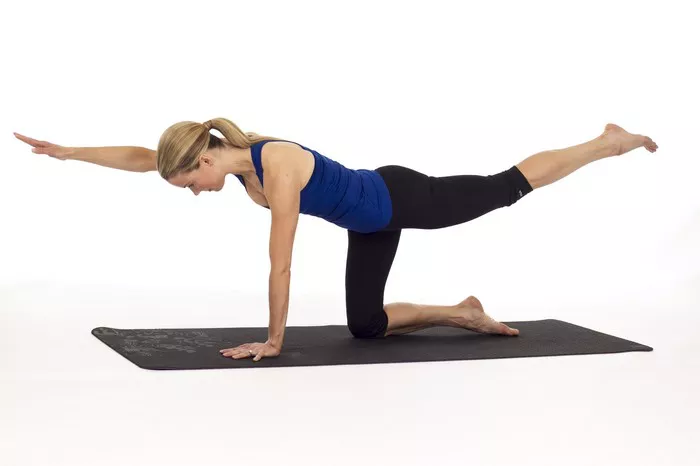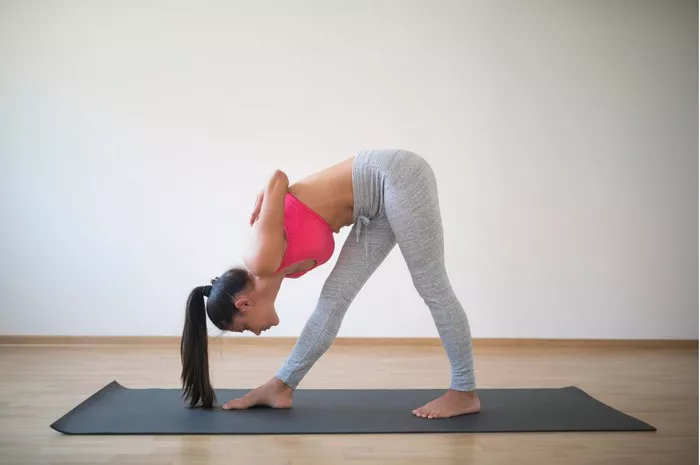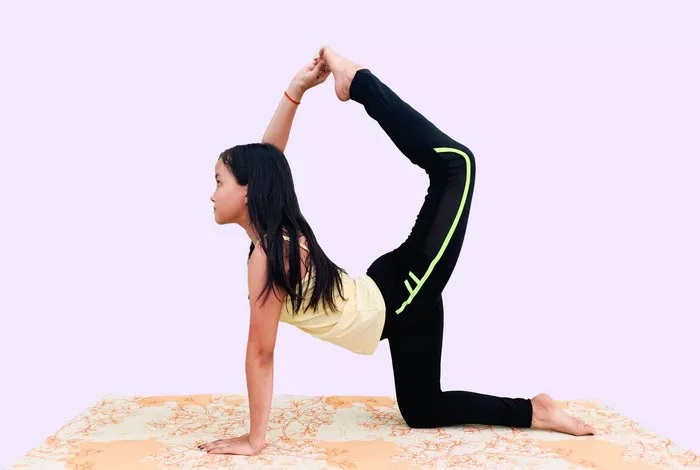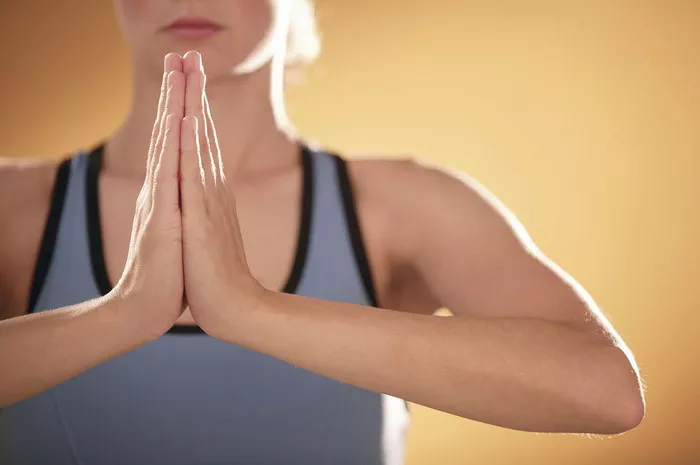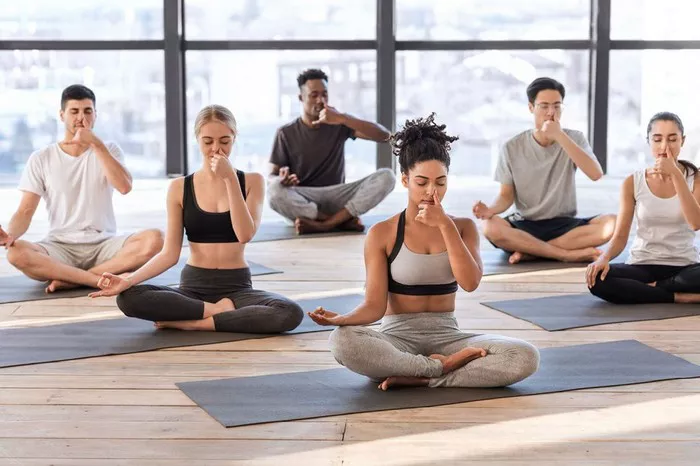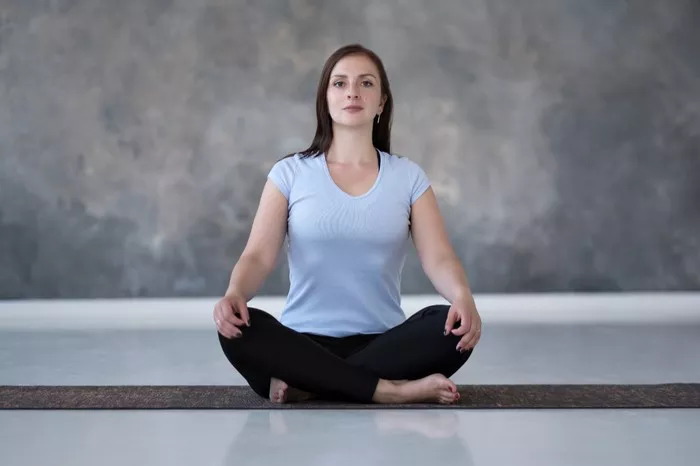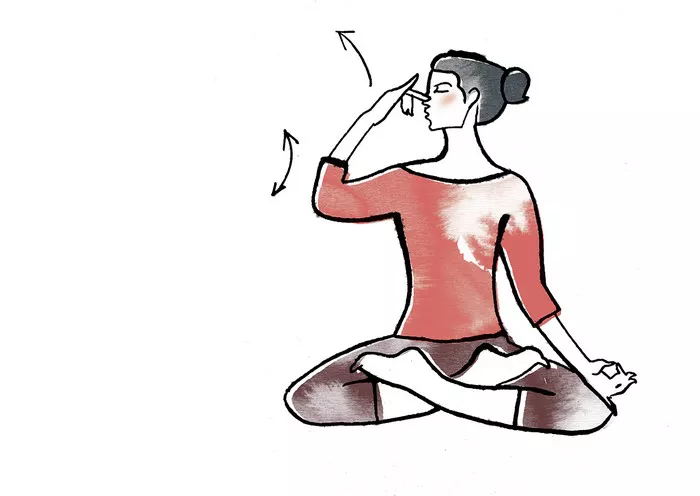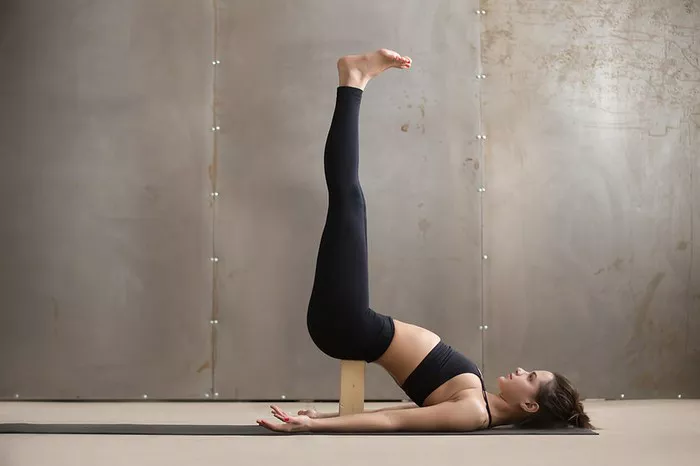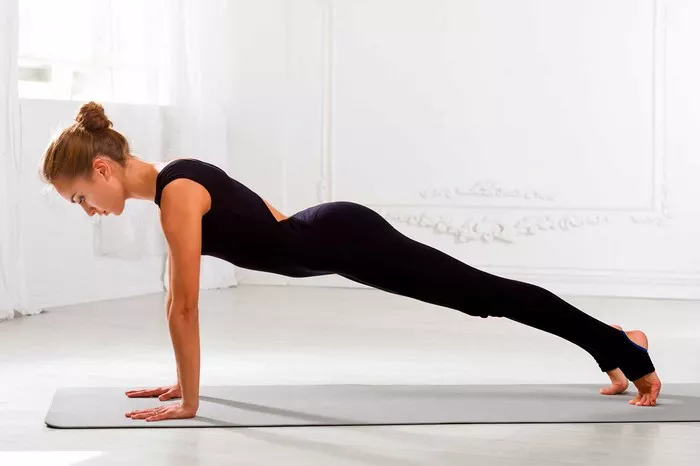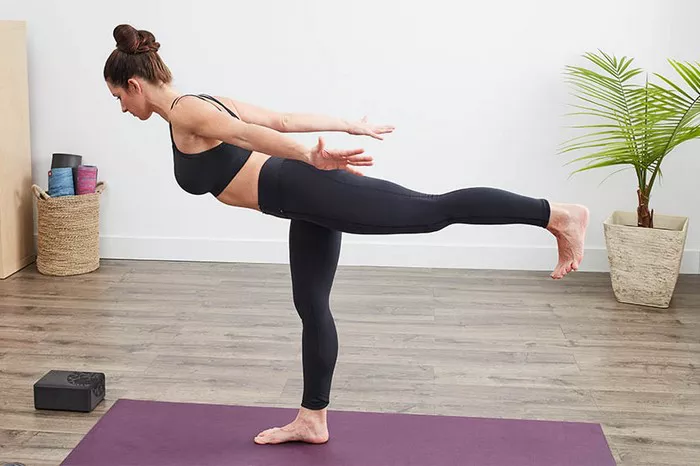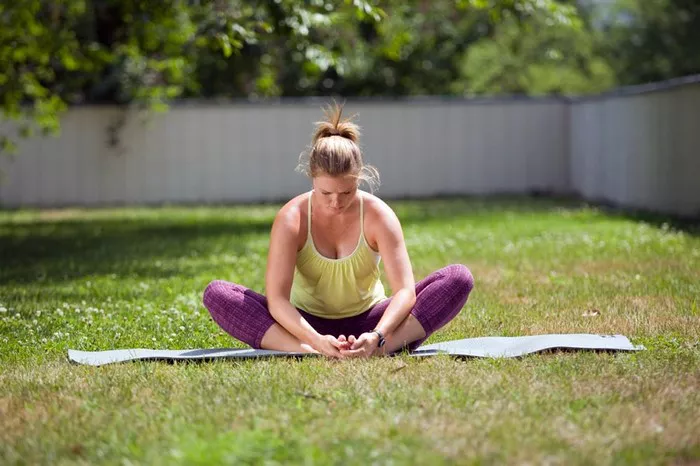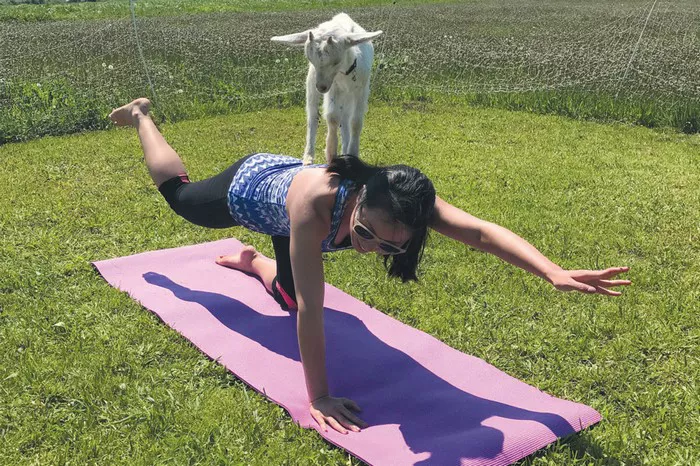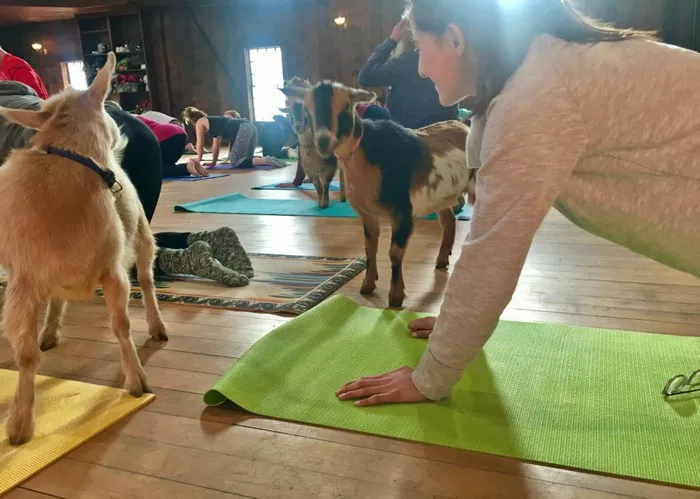Cobra pose (Bhujangasana) is a popular and effective yoga asana that provides a deep stretch for the back, opens the chest, and improves spinal flexibility. However, despite its benefits, many practitioners experience discomfort or even pain in their lower back when attempting this pose. If you’ve found yourself asking, “Why does Cobra pose hurt my back?” you’re not alone. This article will explore why this happens, common mistakes, and how to practice Cobra pose correctly to avoid pain and maximize its benefits.
The Anatomy of Cobra Pose
Before diving into why Cobra pose might cause pain, it’s essential to understand the anatomy involved in this asana.
Cobra pose is a backbend, meaning it involves a significant stretch and extension of the spine. In the pose, you begin by lying face down on the mat with your hands placed under your shoulders. As you press into your palms, you lift your chest off the ground, arching your back and lengthening through the spine. This movement engages various muscles, including:
Spinal Erectors: These muscles run along the length of your spine and play a key role in extending (bending backward) your back.
Core Muscles: Your abdominal muscles help to stabilize the pelvis and spine while lifting your chest.
Hip Flexors: These muscles, especially the iliopsoas, are stretched during the backbend, which can sometimes feel tight if not properly engaged.
Shoulders and Chest Muscles: These muscles are stretched as the arms push down, lifting the upper body off the floor.
Lower Back Muscles: These muscles are the primary source of discomfort if there’s strain or poor form during the pose.
Now that we understand the anatomy involved, let’s explore some common reasons why Cobra pose might cause discomfort or pain in the back.
1. Lack of Core Engagement
One of the most common reasons for back pain during Cobra pose is a lack of proper core engagement. Many beginners, and even some experienced practitioners, make the mistake of relying solely on the arms and lower back muscles to lift the chest. This can place excessive strain on the lumbar spine (lower back), leading to discomfort or pain.
When you engage your core properly, you stabilize the pelvis and reduce the strain on the lower back. To do this:
- Focus on drawing the navel toward the spine, which activates your deep abdominal muscles.
- Avoid letting your lower back take the brunt of the stretch by ensuring that your core is engaged to support the spine during the lift.
- This engagement allows the backbend to happen more evenly along the entire length of your spine, rather than placing excess pressure on the lower back.
2. Poor Alignment of the Pelvis
In Cobra pose, it’s crucial that the pelvis remains neutral, neither overly tilted nor sagging toward the mat. If the pelvis is not in proper alignment, the lower back can experience more strain.
A common mistake is to allow the pelvis to dip down, which can create an exaggerated arch in the lower back and compress the lumbar vertebrae. This can cause tension, discomfort, and even pain.
To maintain proper pelvic alignment:
- Keep the legs active by pressing the tops of the feet into the mat and engaging the quadriceps (front thigh muscles).
- Avoid letting the pelvis sag toward the floor. Instead, gently engage the glutes and inner thighs to lift the pelvis slightly, helping maintain a neutral position.
- This subtle engagement helps distribute the backbend more evenly along the spine and prevents over-arching the lower back.
3. Hyperextension of the Lower Back
Another common reason for back pain in Cobra pose is hyperextension of the lower back. Hyperextension occurs when the lower back bends beyond its natural range of motion, which can happen if you are pushing too hard to lift your chest too high.
When the spine extends too far in the lower back, the lumbar vertebrae may compress, and the surrounding muscles can become overstretched. This can lead to sharp pain or dull ache in the lower back.
To avoid hyperextension:
- Only lift your chest as far as your body comfortably allows. You don’t need to go into a deep backbend to feel the benefits.
- Focus on creating length through the spine by imagining that your chest is moving forward and upward, rather than just lifting straight up.
- If you feel discomfort in your lower back, ease off the depth of your backbend. There is no need to push beyond your flexibility, as overextending can cause injury.
4. Tight Hip Flexors
The hip flexors, including the iliopsoas muscle, are stretched during Cobra pose. If your hip flexors are tight, they may create tension in the lower back, especially as you lift your chest.
Tight hip flexors can prevent the pelvis from staying neutral, causing it to tilt forward. This can result in an excessive curve in the lower back and lead to strain and discomfort.
To address tight hip flexors:
- Before entering Cobra pose, spend some time stretching the hip flexors to release tightness. Poses like Lunge Pose (Anjaneyasana) or Pigeon Pose (Eka Pada Rajakapotasana) can help open up these muscles.
- Engage your glutes and inner thighs to prevent the pelvis from tilting too far forward during the backbend.
5. Not Enough Upper Back Engagement
While Cobra pose is primarily a backbend, many practitioners focus too much on the lower back and forget to engage the upper back muscles, such as the rhomboids, trapezius, and erector spinae. This imbalance can lead to overuse of the lower back and strain on the lumbar region.
The key to a safe and effective Cobra pose is to activate the upper back muscles and lift the chest by drawing the shoulder blades together. This action helps to distribute the backbend more evenly throughout the spine and relieves pressure from the lower back.
To engage the upper back properly:
- As you begin to lift your chest, focus on squeezing the shoulder blades together and down the back.
- Open your chest and broaden the collarbones, creating space in the upper body.
- This helps to lift the upper torso and decrease the load on the lower back.
6. Incorrect Hand Placement
Hand placement plays a crucial role in Cobra pose. If your hands are too far forward or too close to your body, it can change the way the backbend feels and increase strain on the lower back.
When the hands are placed too far forward, you may need to use more arm strength to lift your chest, which can result in more pressure on the lower back. Conversely, if the hands are too close to the chest, you may end up pushing too hard through the hands, causing an excessive arch in the lower back.
To find the optimal hand placement:
- Place your hands directly beneath your shoulders, with your elbows close to your body.
- Press into the palms, but avoid using excessive force from the hands. Allow the back muscles, especially in the upper back, to do the majority of the lifting.
7. Previous Injuries or Imbalances
If you have a pre-existing injury in the lower back or other areas of the spine, such as a herniated disc, sciatica, or muscle strain, Cobra pose may aggravate your condition. It’s important to practice this pose with caution if you have any spinal issues.
In such cases, consider alternatives to Cobra pose, such as Sphinx Pose (Salamba Bhujangasana), which is a gentler variation that still provides a stretch for the back without as much deep arching. Always listen to your body and avoid pushing yourself too far in any backbend.
8. Inflexibility in the Spine
If your spine is relatively inflexible or stiff, it may be more challenging to perform Cobra pose without experiencing discomfort. A stiff spine may not bend smoothly in the lower back, leading to compensations in other areas of the body, such as the shoulders or hips, which can contribute to pain.
To improve spinal flexibility:
- Incorporate regular stretching and mobility exercises into your practice to increase flexibility in the spine and surrounding muscles.
- Gentle backbends, such as Cat-Cow Pose (Marjaryasana-Bitilasana), can help to warm up the spine before attempting deeper backbends like Cobra.
9. Lack of Warm-Up
Attempting Cobra pose without adequately warming up can lead to stiffness and strain in the lower back. A proper warm-up helps increase blood flow to the muscles, preparing them for more intense stretches.
Before attempting Cobra pose, spend a few minutes warming up your body with movements like Child’s Pose (Balasana), Cat-Cow, or gentle spinal twists to loosen up the back and hips.
How to Practice Cobra Pose Safely
Here are a few tips to ensure you practice Cobra pose safely and avoid back pain:
Start Slow: Begin with a gentle Cobra pose, lifting only slightly off the ground, and gradually increase the depth of the backbend as your flexibility improves.
Engage the Core: Draw the navel toward the spine and engage the abdominal muscles to support the lower back.
Lengthen the Spine: Instead of focusing solely on lifting your chest, think about lengthening the spine forward and up.
Maintain Proper Alignment: Keep the pelvis neutral and avoid sagging or over-arching the lower back.
Avoid Overextending: Only lift your chest as far as feels comfortable for your body. Do not force the pose.
Listen to Your Body: If you feel any sharp pain or discomfort, ease off the pose and seek modifications or alternative stretches.
Conclusion
Cobra pose can be an incredibly beneficial asana when practiced correctly, but it can also cause back pain if performed with improper alignment, inadequate core engagement, or tight muscles. By focusing on core stability, maintaining a neutral pelvis, engaging the upper back muscles, and practicing the pose with mindfulness, you can reduce the risk of pain and enjoy the many benefits Cobra pose has to offer. As with any yoga practice, always listen to your body, and remember that progress takes time.
Related Topics:

